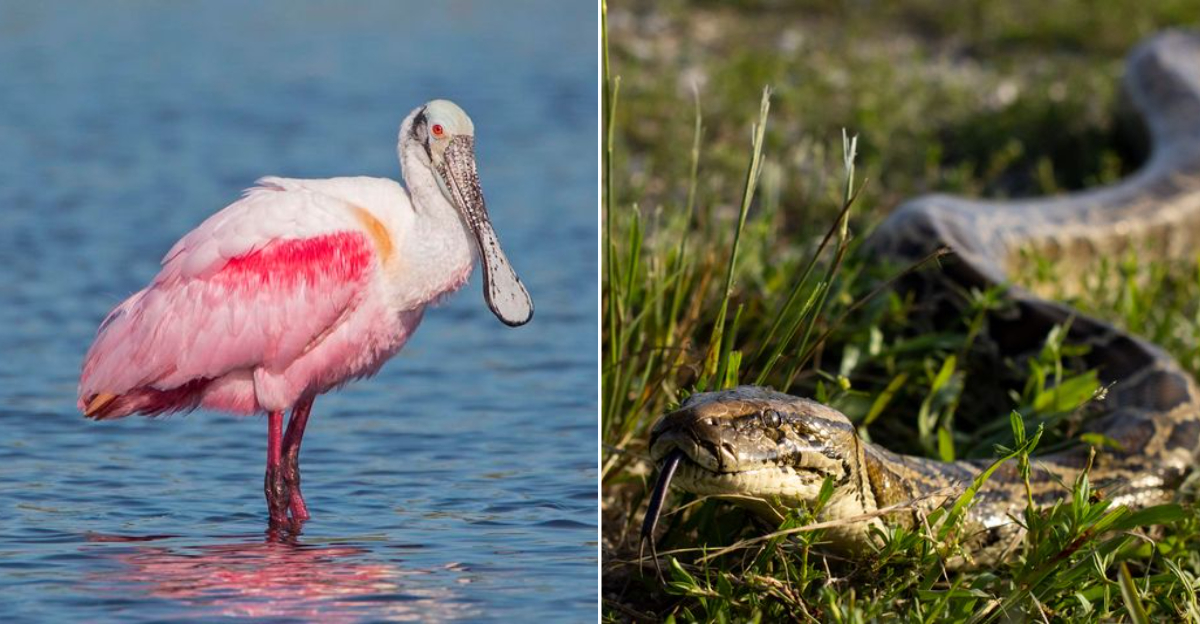The Florida Everglades is a wild wonderland, bursting with unique creatures that call this vast ecosystem home. This untamed paradise, spanning over 1.5 million acres, provides the ideal habitat for some of the most awe-inspiring animals in America.
Whether you’re kayaking through winding mangroves or trekking along hidden trails, a keen eye might just reveal the magic of these incredible residents.
Ready to meet some of the Everglades’ most fascinating wildlife? Keep reading to discover what you could spot next time you’re exploring this wild sanctuary!
1. American Alligator: The Ancient Swamp King
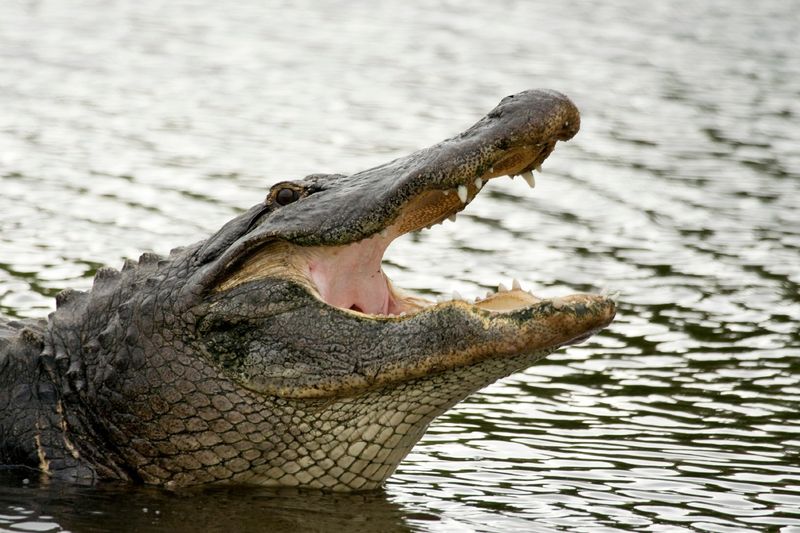
American alligators lurk just below the surface, their eyes and nostrils barely breaking the water—silent proof of their stealthy mastery. These prehistoric predators have remained virtually unchanged for 200 million years, earning their reputation as living fossils.
Male alligators can grow up to 15 feet long and weigh over 1,000 pounds, while females typically reach about 10 feet. Their powerful jaws can snap shut with enough force to crush turtle shells!
Alligators actually play a crucial role in the Everglades ecosystem by creating “gator holes” – depressions that hold water during dry seasons and provide habitat for countless other species. The best viewing spots include Shark Valley and Anhinga Trail.
2. West Indian Manatee: The Gentle Sea Cow
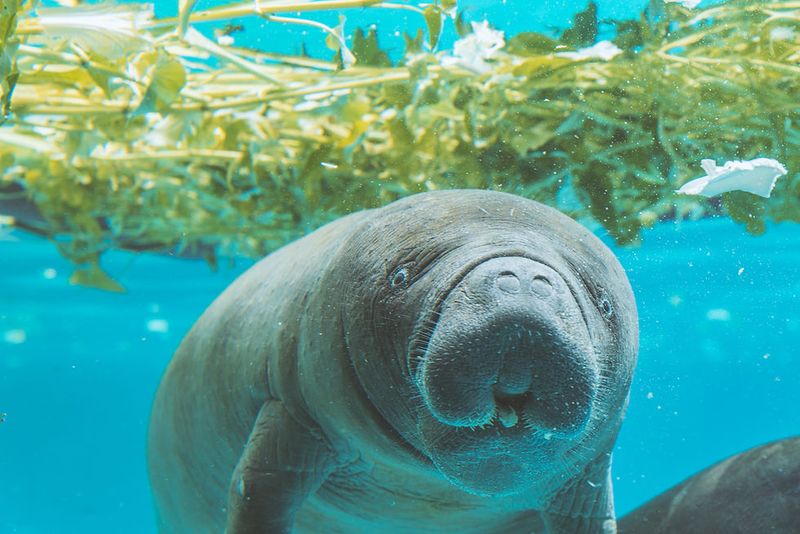
I’ll never forget my first manatee encounter – these massive aquatic mammals moved with such unexpected grace despite weighing up to 1,200 pounds! Often called sea cows, these gentle herbivores spend their days munching on vegetation and floating peacefully through the waterways.
Manatees have no natural predators but face serious threats from boat propellers, which leave visible scars on nearly every adult. They’re surprisingly agile swimmers, using their powerful paddle-like tails to reach speeds of 20 mph in short bursts.
Winter offers the best viewing opportunities when manatees gather in warmer spring-fed waters. Their whiskered faces and curious nature make them crowd favorites, though federal law requires keeping a respectful distance from these endangered creatures.
3. Florida Panther: The Elusive Ghost Cat
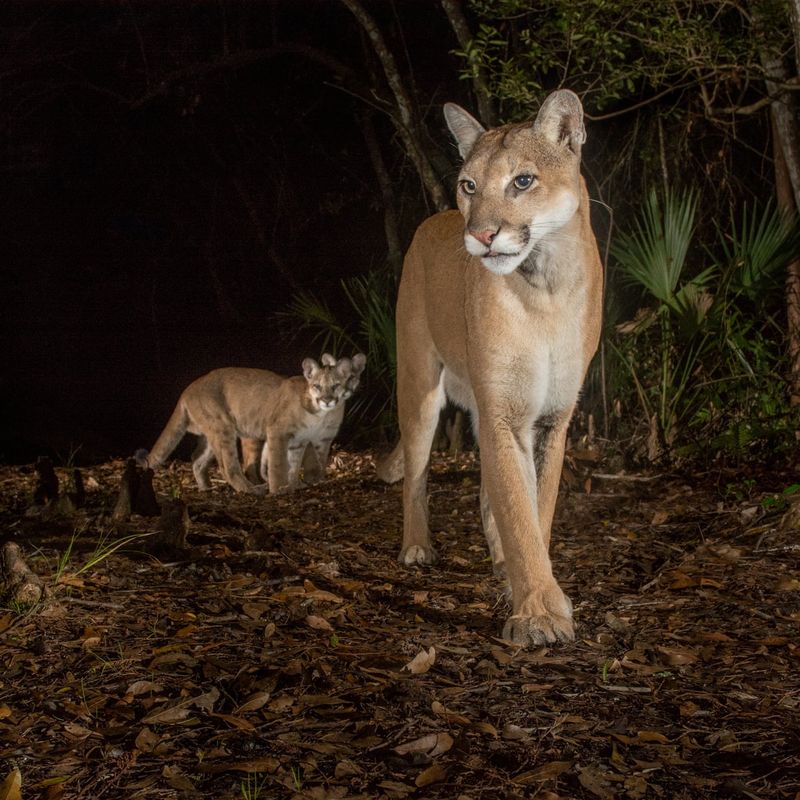
Catching sight of a Florida panther might be the ultimate wildlife lottery win – fewer than 200 remain in the wild! These dusty-colored predators slink through the Everglades’ remote areas, primarily hunting at dawn and dusk when their exceptional night vision gives them an advantage.
Unlike other big cats, Florida panthers can’t roar. They communicate through distinctive sounds including purrs, chirps, and an eerie scream that echoes through the cypress forests. Each panther requires up to 200 square miles of territory to thrive.
Conservation efforts have helped their population rebound from just 20 individuals in the 1970s. Your best chance for spotting one comes along the edges of prairies in Fakahatchee Strand Preserve or Big Cypress National Preserve during early morning hours.
4. Roseate Spoonbill: The Flamingo Impersonator
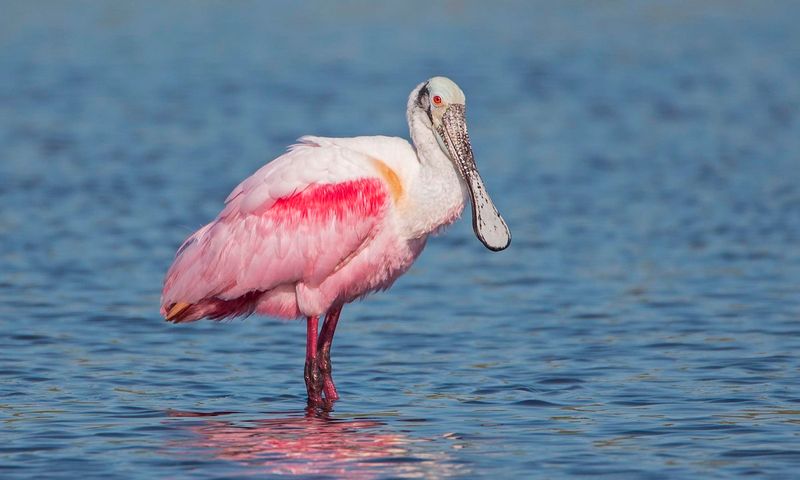
Hot pink splashes against the blue sky announce the presence of roseate spoonbills, often mistaken for flamingos by excited tourists. Their vibrant coloration comes from the same source—carotenoid pigments found in the crustaceans they consume.
What truly sets these birds apart is their bizarre spoon-shaped bill. They wade through shallow waters swinging their specialized bills side-to-side, using sensitive touch receptors to detect tiny prey. When feeding in groups, they create a synchronized dance that resembles synchronized swimmers.
Standing about three feet tall with a five-foot wingspan, these social birds typically nest in mangrove islands. Eco Pond and Mrazek Pond offer reliable viewing opportunities, especially during winter months when water levels concentrate fish in smaller areas.
5. Burmese Python: The Controversial Invader
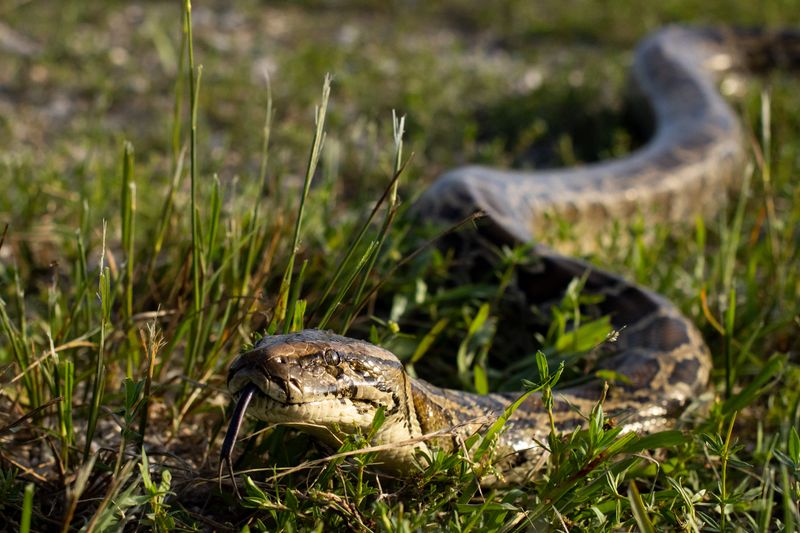
Muscular coils wrapped around tree branches reveal the presence of Burmese pythons – magnificent but devastating invaders reshaping the Everglades ecosystem. These massive constrictors can grow over 20 feet long and weigh 200+ pounds, with the ability to swallow prey as large as deer or alligators whole.
Released as unwanted pets in the 1980s, pythons have established a breeding population estimated at over 100,000 snakes. Their impact has been catastrophic – mammal populations in some areas have declined by more than 90% since their arrival.
Python hunts are now organized to control their spread, with professional hunters removing thousands annually. While seeing one is increasingly common along Everglades roadways, maintain a safe distance – these powerful reptiles can strike with lightning speed when threatened.
